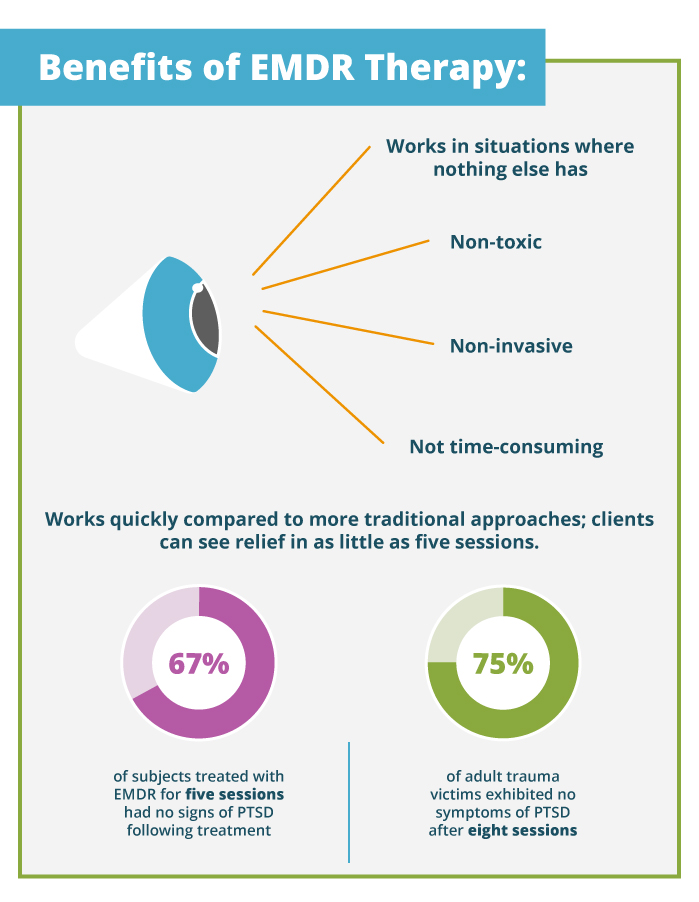Orthopedic bodily therapy is a specialized subject inside bodily therapy that focuses on the assessment, remedy, and rehabilitation of musculoskeletal disorders and accidents. The musculoskeletal system entails bones, joints, muscle tissue, ligaments, and tendons, and orthopedic bodily therapists work to handle conditions affecting these structures. Here are key elements and aspects of orthopedic physical remedy:

Evaluation and Assessment:
Thorough assessment of the affected person's musculoskeletal situation, including a detailed examination of the affected space.
Identification of the underlying causes of ache, dysfunction, or limitations in movement.
Treatment Planning:
Development of individualized remedy plans based on the evaluation findings and the affected person's specific goals.
Collaboration with different healthcare professionals, such as orthopedic surgeons, to coordinate complete care.
Therapeutic Exercise:
Prescribing and guiding sufferers via particular workout routines to improve power, flexibility, stability, and coordination.
Tailoring train packages to handle the specific wants and limitations of the individual.
Manual Therapy:
Hands-on strategies, including joint mobilization, delicate tissue mobilization, and manipulation, to improve joint mobility and scale back ache.
Manual therapy is commonly used to address muscle imbalances, joint restrictions, and soft tissue restrictions.
Postoperative Rehabilitation:
Providing rehabilitation services for people recovering from orthopedic surgical procedures, such as joint replacements, arthroscopic procedures, or ligament reconstructions.
Following evidence-based protocols to optimize postoperative restoration and improve functional outcomes.
Modalities:
Using numerous modalities corresponding to warmth, chilly, ultrasound, and electrical stimulation to manage ache and irritation.
Modalities may be included into the overall treatment plan primarily based on the patient's needs.
Biomechanical Analysis:
Analyzing motion patterns and biomechanics to identify abnormal mechanics contributing to musculoskeletal points.
Addressing defective movement patterns by way of corrective workout routines and schooling.
Patient Education:
Educating sufferers about their particular musculoskeletal situation, remedy choices, and self-management methods.
Providing steerage on way of life modifications, ergonomic ideas, and damage prevention.
Pain Management:
Developing methods to manage and alleviate pain related to musculoskeletal conditions.
Educating patients on pain neuroscience and coping mechanisms.
Functional Rehabilitation:
Focusing on restoring functional abilities and bettering the patient's capability to carry out every day actions and tasks.
Implementing task-specific workout routines to reinforce useful outcomes.
More help addressed by orthopedic bodily therapists include:
Osteoarthritis
Sprains and strains
Tendonitis
Rotator cuff accidents
Meniscus tears
Spinal situations (e.g., herniated discs)
Fractures and dislocations
Sports accidents
Orthopedic physical remedy goals to optimize the musculoskeletal health of individuals, scale back ache, enhance mobility, and enhance total function. Treatment plans are tailor-made to every patient's distinctive needs, contemplating factors similar to age, exercise degree, and private targets..
